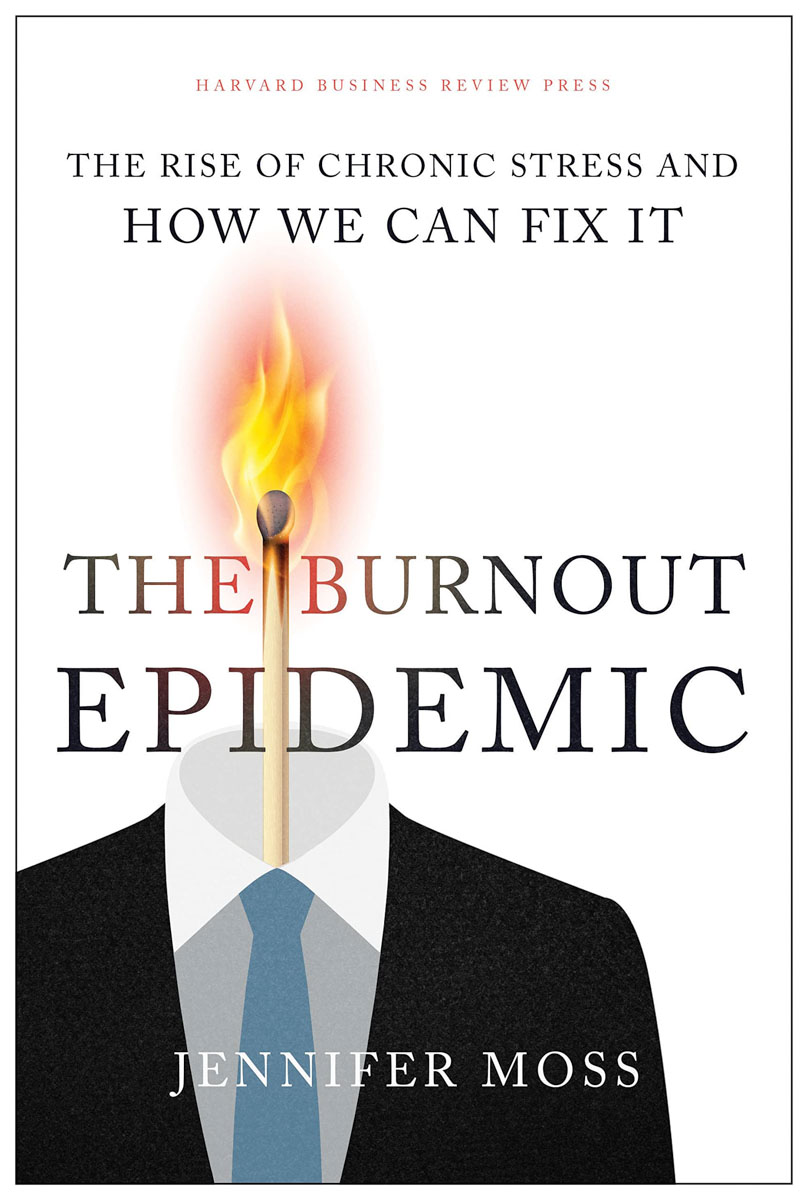We Need to Talk
We Need to Talk
The other day, I came across a pile of fading painted rocks on my morning walk.
Do you remember that early pandemic trend? Did it happen where you live? As we went into our first lockdown in March 2020, people in my community took stones from the shores of Lake Ontario and bedazzled them with encouraging messages like:
Stay strong.
Together.
We love essential workers.
(Some advertisers even tried their hand at some not-so-subtle product placement. Thanks, local brewer!)
A friend of mine who was walking with me recently commented, “oh, how very 2020” when we came across them.
Looking at the weathered pile today, I took a moment to pause and I thought about the strange times of that first pandemic spring – the unknowns, the pervasive sense of loss of control, the fear and financial uncertainty.
I thought about the gap between those who were being asked to work from home to “flatten the curve” and the essential workers who were told to go to work without proper PPE. I thought about the parents and caregivers who did their best to juggle work and kiddos, and about the folks who were working in industries that evaporated overnight. I thought about Zoom funerals, graduations, and baby showers.
All of this taking place while worrying about the health of our vulnerable loved ones, supply chain shortages, and so much more.
But you know all of this. You lived through it too. And maybe you’re feeling irritated because you don’t want to review the past 900+ days, thank you very much. As a trauma specialist, however, I really worry about rushing into whatever is ahead without first processing how the pandemic has impacted us – both as individuals and as professionals.
Friends, we need to talk so that we can process and keep moving forward.
The Myth of the “Great Resignation”
Over the past year, headlines have been dominated with stories about staffing shortages in healthcare, construction, hospitality, and many other professions. Some are calling this the “Great Resignation.” Upon closer examination, it is not nearly that simple.
People are not leaving the workforce because they “don’t want to work” or are “flush with government-issued COVID funds” (two tropes I’ve heard recently).
What is happening with our workforce is the result of three factors:
- A shift in demographics with the bulk of an entire generation exiting the world of work
- People changing jobs due to burnout and frustration toward their former employers
- Folks reconsidering their priorities in work and life
My dear colleague Dr. Patricia Fisher spent the last 20 years warning organizations about the mass exodus of workers that was going to take place when baby boomers retired. Here in Canada, we have a very large boomer population relative to the rest of our workforce. In healthcare alone, over 20% of all Canadian workers will be eligible to retire between 2022 and 2026.
This shift in demographics is not a surprise. Granted, the way boomers are retiring is a bit different than had been predicted: some deferred retirement during the first two years of the pandemic; some boomers left earlier than planned; and others shifted to part-time or casual work.
But, there’s a lot more going on here than just baby boomers retiring. Many workers are bone-tired, crispy fried, and angry.
The province of Newfoundland recently released survey results that showed that 90% of Registered Nurses and Nurse Practitioners were experiencing burnout. Further, half of the RNs surveyed were considering moving to casual nursing work.
Some workplaces really bungled the way they took care of their staff during the difficult times of the past two years – and workers are voting with their feet. I recently spoke to a labour & employment lawyer who told me that she has enough new client referrals to see her through to the next decade.
So, I believe it is more accurate to call what we are experiencing right now a “Great Reorganization” of our workforce. As I have said before, this was a long time coming. The pandemic just accelerated the inevitable.
The Power (and Impact) of Bearing Witness
I have a rather unusual, yet incredibly rewarding job. Over the past two decades, I have had the opportunity to speak with thousands of essential workers and their leaders about the impact of their work. Like many workplaces at the start of the pandemic, TEND shifted to offering online services. Despite all the griping about Zoom, one thing virtual meetings has allowed me to do is to have far more private and candid conversations with people.
A few months ago, I was speaking to a school superintendent and asked how the pandemic had impacted him and his staff. He paused, swallowed hard, and proceeded to tell me such a disturbing story that I was frozen in place.
Another time, I met with a senior leader in healthcare for a quick needs assessment of her staff’s training needs. She started to cry almost immediately. “I’m so sorry,” she said, “I’m having a really rough day, but I never expected to break down during a Zoom meeting about a webinar.”
And recently, a personal support worker shared her experiences of working in a COVID-ravaged nursing home. “The rest of the world has moved on,” she shared, “people are bored by pandemic stories, and they don’t want to hear about what we are carrying with us. But let me tell you a bit about what we’ve seen in long-term care and what we continue to deal with. The pandemic is not over.”
The vivid and harrowing stories that she proceeded to share about the darkest days of the pandemic in her workplace will be with me for the rest of my days.
After many of these raw, honest, and powerful conversations, I have needed to step away from my desk and use the tools in my secondary traumatic stress toolbox to reset. However, I feel profound gratitude for the trust and candor that these workers and leaders showed.
It’s Time to Do the Work
So, for those of us who work in this challenging field, we need to talk. We need conversations and time to process the many ways in which the pandemic has impacted us. We need to listen to each other and acknowledge the range of experiences people have had so that we can start to make sense of it. We need time to repair relationships and broken trust.
Then – and only then – can we move forward.
And this cannot be done if we keep making blanket statements about a “Great Resignation” or avoid the hard conversations.
This time of reflection and processing may result in some of us making the decision to leave our place of work, or even our profession. Whether you choose to stay in the field, retire, or move to another type of work, I applaud your decision.
It is true that the pandemic changed things. However, looking back to “pre-pandemic times” as though they were a gilded age is a false narrative. We need to stop focusing on when things go back to “normal.”
There was never a normal. There is just the day in front of us and what we can do with it for ourselves, each other, and our communities.
Sources
Fisher, P. (2015). Building resilient teams: Facilitating workplace wellness & organizational health in trauma-exposed environments. Fisher & Associates Solutions Inc.
Fisher, P. (2016). Resilience, balance & meaning: Supporting our lives and our work in high stress, trauma-exposed workplaces. Fisher & Associates Solutions Inc.
Kelland, A. (2022, July 28). As N.L. nurses leave full-time jobs, province calls in costly private agencies. CBC News. https://www.cbc.ca/news/canada/newfoundland-labrador/nursing-shortage-nl
Mathieu, F. (2015, April 27). Beyond kale & pedicures: Can we beat compassion fatigue and burnout? TEND. https://www.tendacademy.ca/beyond-kale-and-pedicures/
Moss, J. (2021). The burnout epidemic: The rise of chronic stress and how we can fix it. Harvard Business Review Press.
Rubin, J. (2022, January 19). Health care, skilled trades face ‘mass exodus’ of retiring workers after COVID. Toronto Star. https://www.thestar.com/business/2022/01/19/health-care-skilled-trades-face-mass-exodus-of-retiring-workers-after-covid




